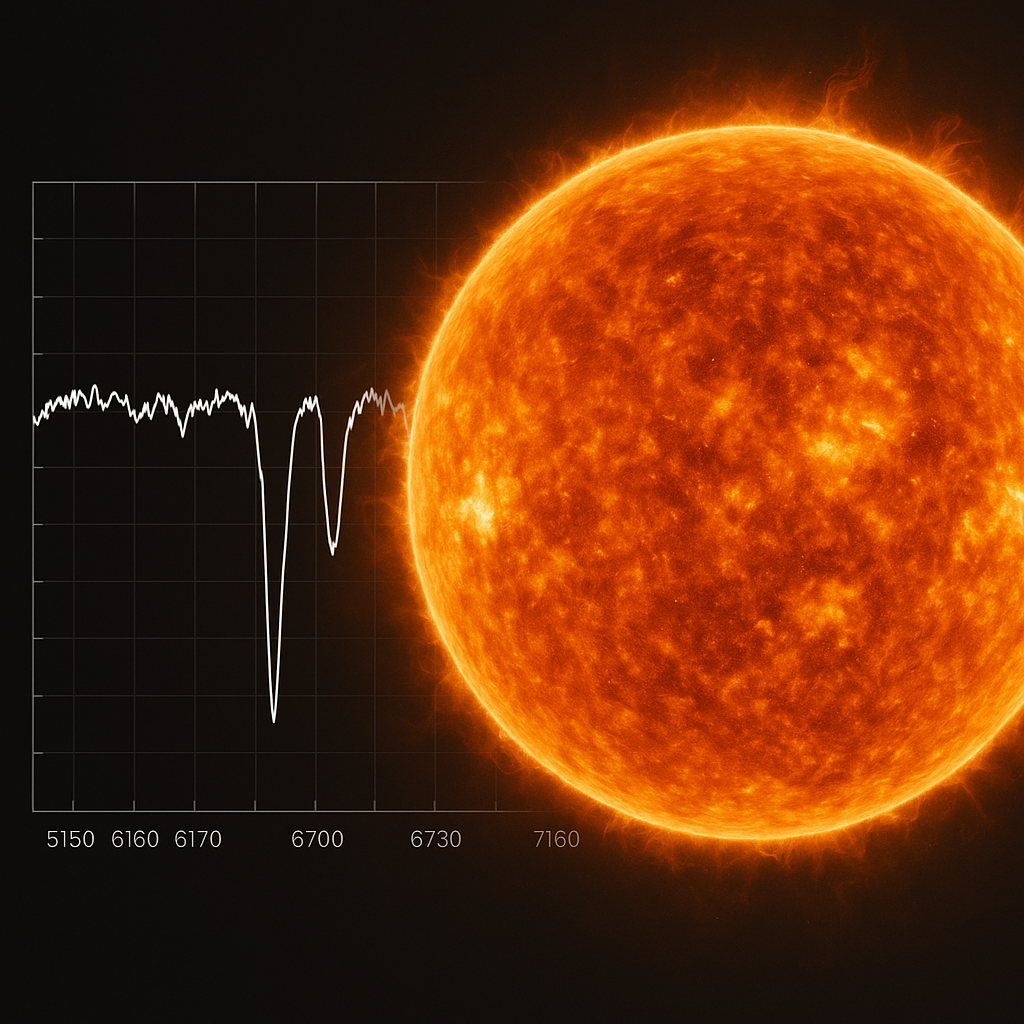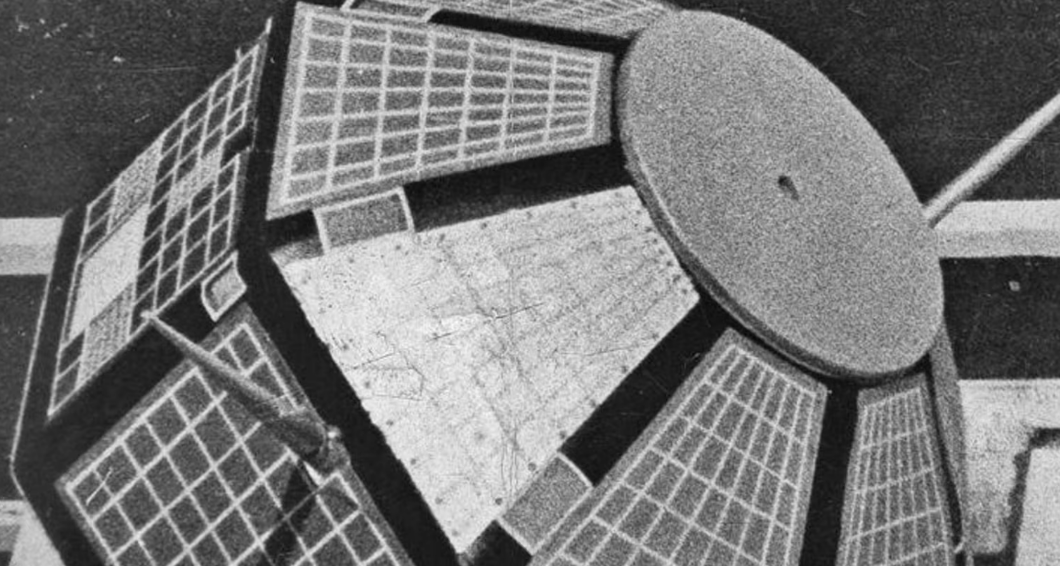
Scientific research at the Indian Institute of Astrophysics achieved its first direct determination of Helium abundance in the solar photosphere. The discovery represents a significant progress in Sun photosphere opacity studies while breaking traditional measurement techniques. This study delivers important information about both the Sun's basic substance makeup and the star observation approaches.
Context:
- Astronomers struggled throughout multiple decades to detect Helium elements in the Sun's photosphere directly because the Helium spectral lines remain invisible within the visible light spectrum.
- Solar scientists have depended on extrapolation from other stars combined with solar seismology to conduct their studies during historical times.
- Research scientists at the Indian Institute of Astrophysics (IIA) established a new methodology that depends on Magnesium and Carbon characteristics found in the Sun's spectrum to determine Helium compositions within the Sun.
Challenges in Measuring Helium Abundance
-
The Sun does not display Helium spectral lines because Helium produces no visible wavelength features from the photosphere therefore direct observation becomes impossible.
-
Scientists used information from hotter stars, together with helioseismology data, to perform their estimates.
New Technique by IIA
-
The research analyzes Mg and C spectral lines of neutral atoms alongside MgH and CH and C₂ molecular lines at very high resolution.
-
Scientists aimed to measure the Helium-to-Hydrogen ratio present in the Sun's photospheric region.
Methodology
-
Spectral Analysis relies on the analysis of Magnesium and Carbon atoms along with molecular lines to determine elemental concentrations.
-
The abundance of Magnesium and Carbon for various values of the Helium-to-Hydrogen ratio concentrations allows the establishment of the He/H relationship for calculating He abundance.
-
The experimental findings demonstrate alignment with findings derived from helioseismological examination, which state an He/H ratio of 0.1.
Implications
-
Solar opacity receives a better understanding through accurate measurements of He abundance because it helps analyze energy transport in our Sun.
-
Better Models: Enhances the modeling of the Sun and other stars' structure and evolution.
Team & Contribution
-
Institution: Indian Institute of Astrophysics (IIA).
-
Researchers: Satyajeet Moharana (also from IISER Berhampur), B.P. Hema, and Gajendra Pandey.
-
This study created a path toward using atomic and molecular spectral lines to address a major issue within solar physics.
Composition of the Sun:
-
Hydrogen: About 74% by mass.
-
Helium: About 24% by mass.
-
Other Elements: Amounts of carbon, nitrogen, oxygen, and heavier elements like iron.
-
Nuclear Fusion:
-
The core of the Sun experiences hydrogen nuclei fusion reactions which produce helium nuclei.
-
Conclusion:
Researchers achieved a breakthrough in astrophysical research by establishing successful Helium abundance measurement in our Sun. Using Magnesium and Carbon spectral lines as part of a new methodology the Indian Institute of Astrophysics obtained improved measurements of Helium content in the Sun. The research findings enhance Sun science understanding alongside providing fundamental knowledge for developing precise stellar formulas that enable other stars' scientific assessments.



 QpiAI Launches India’s First Full-Stack Quantum Computer, QpiAI-Indus, on World Quantum Day
QpiAI Launches India’s First Full-Stack Quantum Computer, QpiAI-Indus, on World Quantum Day ISRO to Send Tardigrades on Axiom-4 Mission: A Step Towards Advancing Space Research
ISRO to Send Tardigrades on Axiom-4 Mission: A Step Towards Advancing Space Research TERI's Nano Sulphur Breakthrough in Mustard Cultivation
TERI's Nano Sulphur Breakthrough in Mustard Cultivation ISRO's Successful Second Docking of Satellites – A Milestone in Space Technology
ISRO's Successful Second Docking of Satellites – A Milestone in Space Technology Potential Biosignatures Discovered on Exoplanet K2-18b by JWST
Potential Biosignatures Discovered on Exoplanet K2-18b by JWST India Launches First Native Seed Germination Database for Ecological Restoration
India Launches First Native Seed Germination Database for Ecological Restoration India’s Evolving Approach to Artificial Intelligence Governance and Regulation
India’s Evolving Approach to Artificial Intelligence Governance and Regulation Golden Jubilee of Aryabhata 2025: Celebrating India’s First Satellite and ISRO’s Historic Milestone
Golden Jubilee of Aryabhata 2025: Celebrating India’s First Satellite and ISRO’s Historic Milestone ESA's Biomass Mission 2025: Tracking Global Forest Carbon Storage via Satellite
ESA's Biomass Mission 2025: Tracking Global Forest Carbon Storage via Satellite






